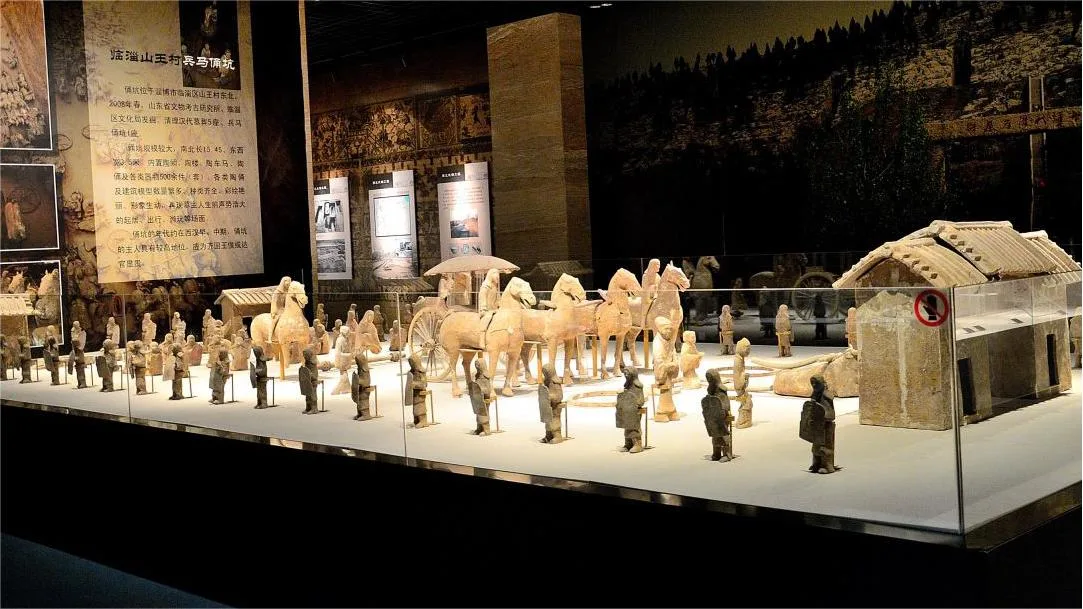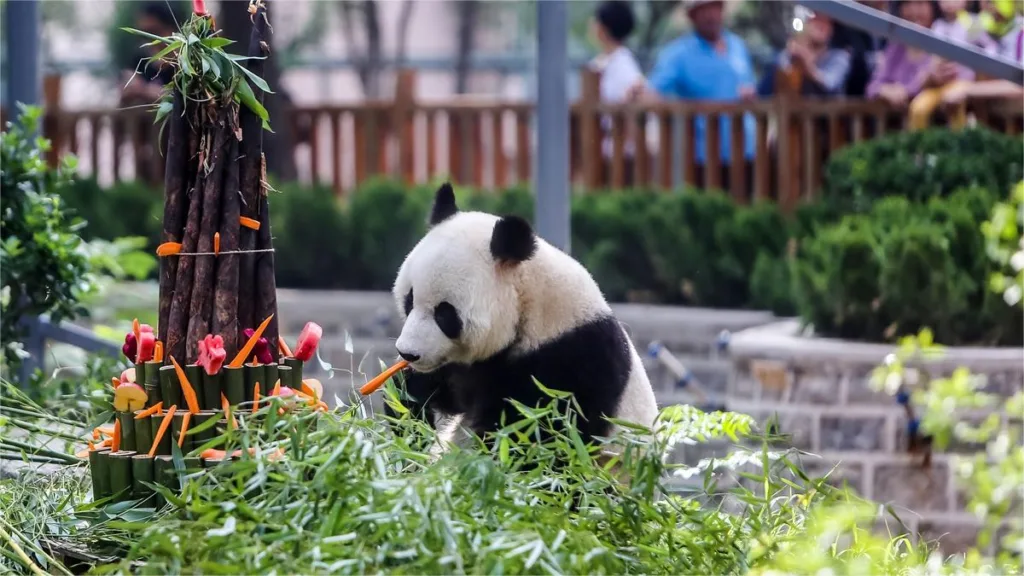The Shandong Provincial Museum (山东博物馆) is located in the eastern part of Jinan city, Shandong province. It stands as one of China’s earliest established provincial comprehensive museums, covering approximately 34,000 square meters of land with a building area of around 21,000 square meters. Its architecture combines grandeur with elegance, blending traditional Chinese styles with modern artistic elements, making it a significant landmark in Jinan, a renowned city rich in historical and cultural heritage.
The museum boasts a collection of over 140,000 cultural relics, including nearly 10,000 natural specimens, making its exhibits diverse and extensive. Visitors can explore a wide array of ancient artifacts such as ceramics, bronze wares, calligraphy, oracle bones, and Han dynasty stone portraits. Notable treasures include the Red Pottery Beast-Shaped Vessel from the Dawenkou Site, Shang Dynasty oracle bone inscriptions, the large jade bi disk from the State of Lu during the Warring States period, as well as bamboo slips of “The Art of War” attributed to Sun Tzu. These artifacts are exceptionally rare and are occasionally displayed to the public due to their significance.
The museum’s facilities cater to visitors’ needs, featuring a souvenir shop and a café on the ground floor where light meals are available. Each floor is equipped with water dispensers providing hot water, and there are ample seating areas throughout the museum for relaxation. The Shandong Provincial Museum not only preserves and showcases China’s historical and cultural heritage but also provides a comfortable and educational environment for visitors to appreciate the depth and richness of Shandong’s history.
Table of Contents
- Basic Information
- Location and Transportation
- Highlights of Shandong Provincial Museum
- Exhibition of Buddhist Statue Art
- Exhibition of Han Dynasty Portrait Art
- Exhibition of Shandong Historical and Cultural Artifacts
- Exhibition of the Ming Dynasty Prince of Lu
- African Wildlife Migration Exhibition
- Archaeological Achievements Exhibition
- Early Qing Dynasty Landscape Painting Exhibition
- Exhibition of Chinese Marine Mollusks
- Vlog about Shandong Provincial Museum
- Other Attractions in Jinan Urban Area
Basic Information
| Estimated Length of Tour | 2 – 3 hours |
| Ticket Price | Free |
| Opening Hours | 9.00 – 17.00; Last admission: 16.00 Closed on Mondays |
| Telephone Number | 0086-0531-85058201 0086-0531-85058202 |
Location and Transportation
The Shandong Provincial Museum is located at No. 11899 Jingshi Road, Lixia District, Jinan City, Shandong Province. To get there, you can take bus 303, 326, BRT5, K115, K119, K139, K145, K152, K160, K171, K187, K202, or T202 and get off at Provincial Museum Stop (省博物馆站)
Highlights of Shandong Provincial Museum
Exhibition of Buddhist Statue Art
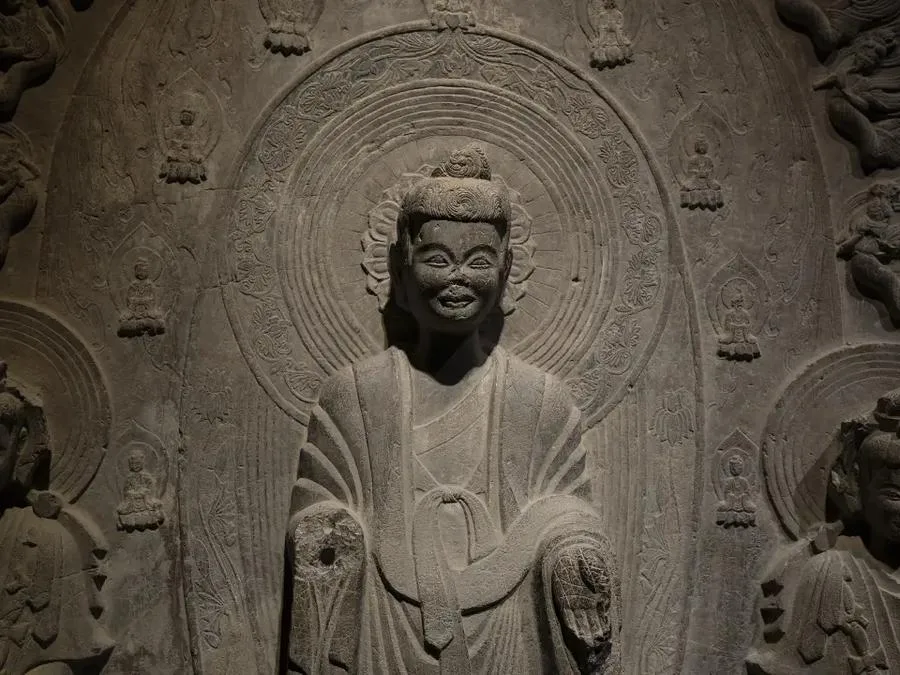
Since Buddhism officially entered China from ancient India during the early Eastern Han Dynasty, Shandong has been a significant region for Buddhist activities, representing one of the earliest areas where Buddhist imagery appeared in China. Since the 1980s, numerous significant archaeological discoveries have been made in Shandong, unearthing a vast number of Buddhist statues. Particularly noteworthy is the excavation of the Buddhist cave pit at Longxing Temple in Qingzhou City in 1996, which revealed a large quantity of exquisite and gorgeously adorned Northern Wei statues. The “Exhibition of Buddhist Statue Art” at Shandong Provincial Museum selects fine examples of unearthed statues from recent decades, focusing on showcasing the uniqueness of Shandong’s Buddhist artistry. The exhibition is divided into two main themes:
- Stone Sculpture Artifacts: This section highlights the magnificent achievements and distinctive stylistic characteristics of Northern Wei statues from Shandong during the artistic zenith of the Northern Dynasties.
- Buddhist Stupas, Sutras, and Inscribed Statues: These artifacts provide insights into the historical ups and downs of Buddhism in Shandong from a religious perspective.
Exhibition of Han Dynasty Portrait Art

Han Dynasty portrait stones are architectural stones carved with images found in underground tombs, tomb temples, wooden gates, and temple buildings from the Han Dynasty. These stones depict various aspects of Han Dynasty life, funeral customs, and religious beliefs, earning them the reputation of being the “historical scroll of the Han Dynasty.” Shandong’s Han Dynasty portrait stones are renowned representatives of Han Dynasty portrait art in China. These artifacts, characterized by their deep and rustic national consciousness, are considered treasures in the world’s ancient art repositories.
The Shandong Provincial Museum houses exquisite examples of Han portrait stones mainly unearthed or discovered in Jinan, Jining, Zaozhuang, Linyi, and other places. Notable works such as those from the Xiaotangshan Temple, the Wushi Temple in Jiaxiang, and the Han tombs in Beizhai, Yinan, are showcased using various exhibition techniques that vividly capture the essence of Han cultural heritage. Visitors can immerse themselves in the palpable Han Dynasty atmosphere preserved through meticulous craftsmanship.
Exhibition of Shandong Historical and Cultural Artifacts

The “Shandong Historical and Cultural Exhibition” at the Shandong Provincial Museum is organized chronologically into three main parts: Prehistoric Period, Xia-Shang-Zhou Dynasties, and Qin-Han to Ming-Qing Dynasties. Shandong, as one of the important birthplaces of Chinese civilization, boasts a long history and rich cultural heritage. As early as 400-500 thousand years ago, the land was inhabited by the “Yiyuan Man” contemporaneous with the “Peking Man” in ancient times. The region’s remains from the Neolithic Age are exceptionally rich, tracing a clear lineage from the Liangzhu Culture to the Beixin Culture, Dawenkou Culture, Longshan Culture, and Yueshi Culture, highlighting Shandong’s significant role in the origins of ancient Chinese civilization.
Artifacts reflecting this period range from primitive stone tools to exquisite jade artifacts, and from simple coarse pottery to sophisticated Eggshell Black Pottery, providing insights into the living conditions and glorious prehistoric civilizations of ancient Shandong from various angles.
Exhibition of the Ming Dynasty Prince of Lu
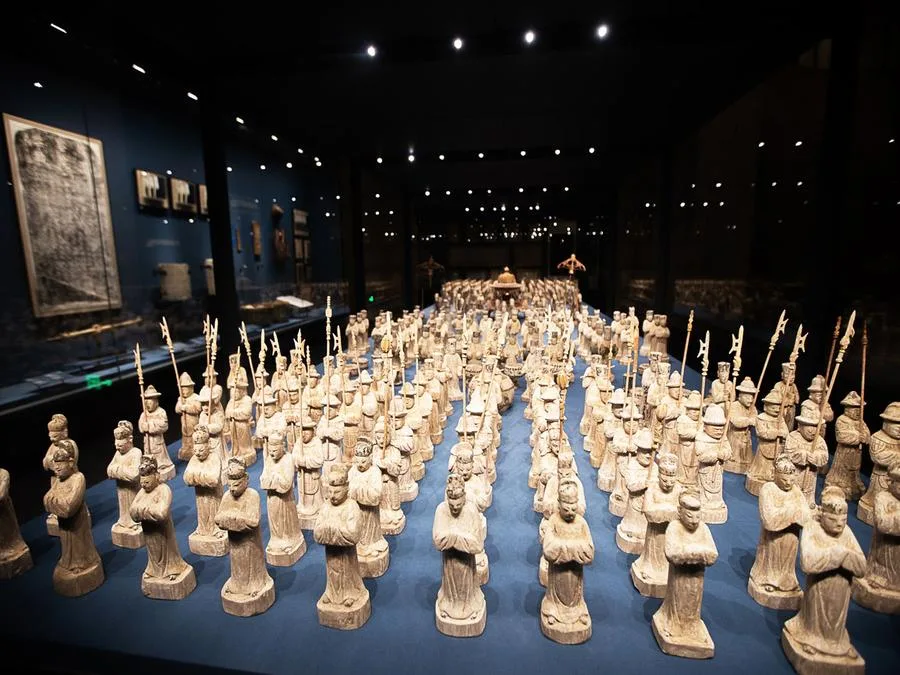
The “Ming Dynasty Prince of Lu Exhibition” features artifacts unearthed from the tomb of Zhu Tan, the first Prince of Lu during the Ming Dynasty. From 1970 to 1971, the Shandong Provincial Museum conducted a significant archaeological excavation at the tomb located at the southern foothills of Jiulong Mountain, on the border of Zoucheng City and Qufu City in present-day Shandong Province. The excavation yielded a wealth of precious artifacts including crown ornaments, furniture, clothing, writing implements, musical instruments, paintings, colored wooden figurines, and more.
African Wildlife Migration Exhibition

The “African Wildlife Migration Exhibition” vividly recreates the spectacular scene of the great migration of African wildlife in a large-scale immersive setting. Utilizing multimedia light and shadow technologies, the exhibition depicts the migration scenes of animals across diverse landscapes such as grasslands, rainforests, deserts, and wetlands across the African continent. The exhibition showcases various species within different food chains, offering insights into their unique behaviors and survival skills.
Structured around the search for water sources and food, the exhibition elaborates on the life cycle and natural significance of wildlife migration. It integrates multiple elements of African culture, enriching the narrative and providing a comprehensive depiction of African wildlife and their migratory journeys. The animal specimens featured in this exhibition were generously donated to the Shandong Provincial Museum by Kenneth Berlin, Chairman of the Global Health and Education Foundation. The collection includes over 300 rare animal specimens representing more than a hundred species, including African elephants, hippos, rhinos, lions, and Nile crocodiles.
Archaeological Achievements Exhibition
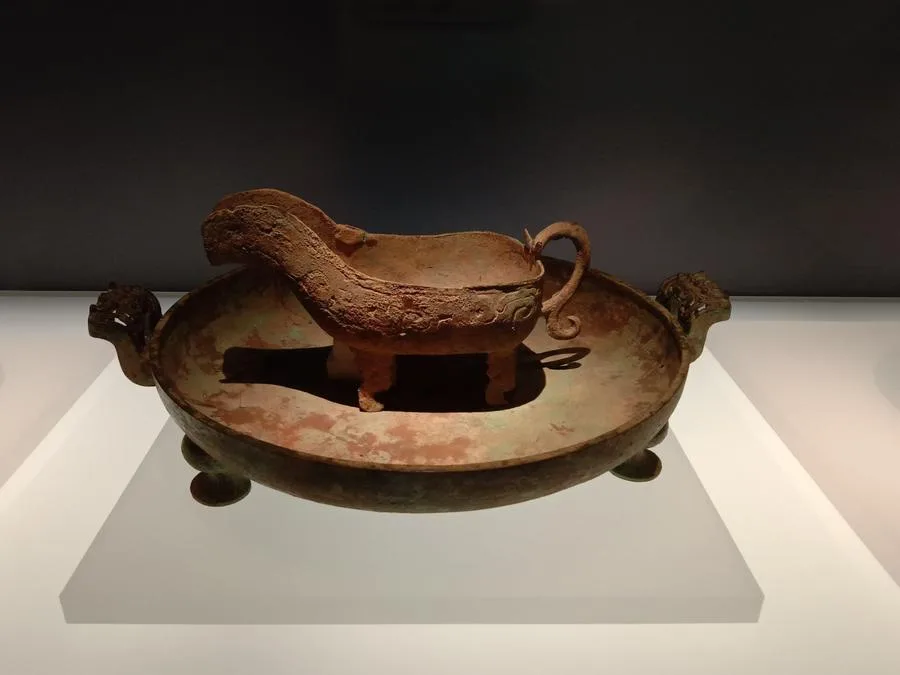
The “Archaeological Achievements Exhibition” showcases significant archaeological discoveries from Shandong Province. Exhibits include relics from various sites such as the ancient salt industry site at Shuangwangcheng in Shouguang City, the Western Zhou Dynasty city site at Chenzhuang in Gaoqing County, the Spring and Autumn Period noble tombs at Liujiadianzi in Yishui County, the Warring States Period large tomb at Zihedian Erhao in Linzi District, lacquerware and silk textiles from the Han Dynasty unearthed in Haiqu of Rizhao City, and more.
Early Qing Dynasty Landscape Painting Exhibition

The “Early Qing Dynasty Landscape Painting Exhibition” showcases nearly sixty landscape paintings from the Shandong Provincial Museum’s collection, dating from the early Qing Dynasty to the end of the Kangxi reign. Arranged chronologically by creation period, the exhibition highlights stylistic characteristics of various painters and painting schools. It includes masterpieces by renowned artists as well as carefully crafted works by lesser-known painters, ranging from large scrolls to smaller formats, demonstrating a diverse array of styles and subjects. This exhibition aims to capture the essence and artistic achievements of early Qing Dynasty landscape painters.
Exhibition of Chinese Marine Mollusks

The “Exhibition of Chinese Marine Mollusks” is divided into six sections, showcasing over 3,000 precious mollusk specimens and related artifacts. It provides a comprehensive exploration of the literary, historical, medicinal, culinary, and philatelic aspects associated with mollusks. This exhibition represents the largest display of natural history specimens ever exhibited at the Shandong Provincial Museum, offering insights into the cultural and scientific significance of mollusks in Chinese society.

